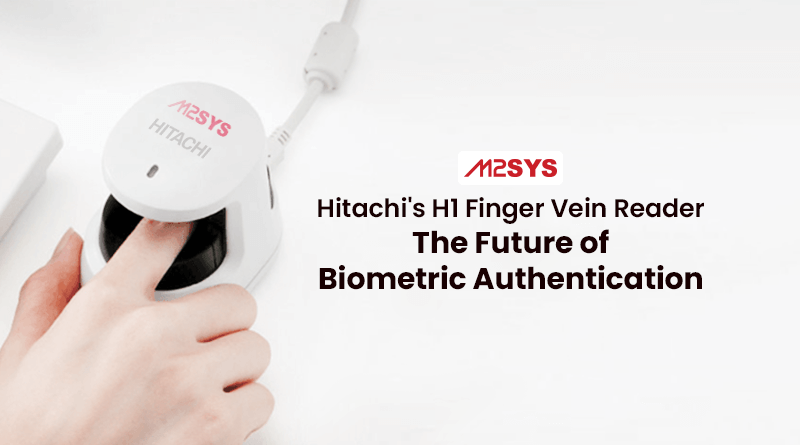Hitachi’s H1 Finger Vein Reader Is the Future of Biometric Authentication
The Hitachi H1 finger vein scanner is a biometric device that can identify an individual based on their fingerprint-like vein pattern in the finger. Utilizing near-infrared light, the system takes a photo of the veins in the user’s finger that can be used as a template for future identification needs. The highly accurate H1 finger vein scanner is utilized for a variety of purposes, such as access control, time and attendance monitoring, and financial transactions. The scanning procedure only takes a few seconds, making this device very efficient.
The Hitachi H1 finger vein reader: how does it function?
The Hitachi H1 scans veins on the finger by projecting near-infrared light onto the finger and capturing the vein pattern that emerges. The vein pattern is then used by the device to build a template that is kept in its memory. When a user slips their finger into the device for verification, the scanner pictures the finger and compares it to the original template. Since each person’s vein patterns are diverse and unique, the device can accurately identify them even if their finger is slanted or moved in a different direction from the initial scan.
The advantages of finger vein security over fingerprints
When it comes to security, finger vein patterns are preferred over fingerprints for several reasons:
- Finger veins are a more reliable form of identification since it is far more difficult to create a fake finger vein pattern than it is to create a fake fingerprint. The veins in the fingers are difficult to capture because they are buried so deeply beneath the skin and are invisible to the human eye.
- Finger vein patterns are more detailed and diverse than fingerprint ridge patterns. As a result, the chance of two people having the same finger vein pattern is minimized.
- Finger veins are located deep beneath the skin, making them more resistant to wear and tear than the outer layer of the finger. As a result, a scan of your finger veins will be more dependable than a fingerprint scan for a longer period.
Since finger veins are not easily visible to the naked eye, it is more difficult to take a good image of them without the use of specialized equipment, making them a less vulnerable target. As a result, a person’s unique finger vein pattern is less likely to be stolen.
Exactly where would I be able to utilize my Hitachi H1 finger vein reader?
You can usually find a Hitachi H1 finger vein reader in places where security is of the utmost importance, like
- The H1 finger vein scanner may be used for access control, allowing for the approval or revocation of a user’s request for entry to restricted areas or facilities.
- The H1 finger vein scanner may be used for time and attendance monitoring, recording when workers clock in and exit and reducing the likelihood of time fraud.
- Using the H1 finger vein scanner, customers’ identities may be confirmed before enabling them to make a purchase or use an ATM.
- The H1 finger vein scanner has applications in healthcare, namely for patient identification and treatment accuracy.
- Government entities may utilize the H1 finger vein scanner to check a person’s identification before granting access to a service or benefit.
- The H1 finger vein scanner has several potential applications in the classroom, including identity verification and attendance monitoring.
The Hitachi H1 finger vein scanner is a biometric device that is both accurate and trustworthy, and it can be used in a wide range of situations where safety is a major priority. It scans faster and more accurately than other biometric technologies, such as fingerprint scanners, and has a lower error rate. If you are looking for a quick and simple way to validate people’s identities, the Hitachi H1 finger vein scanner might be beneficial.










